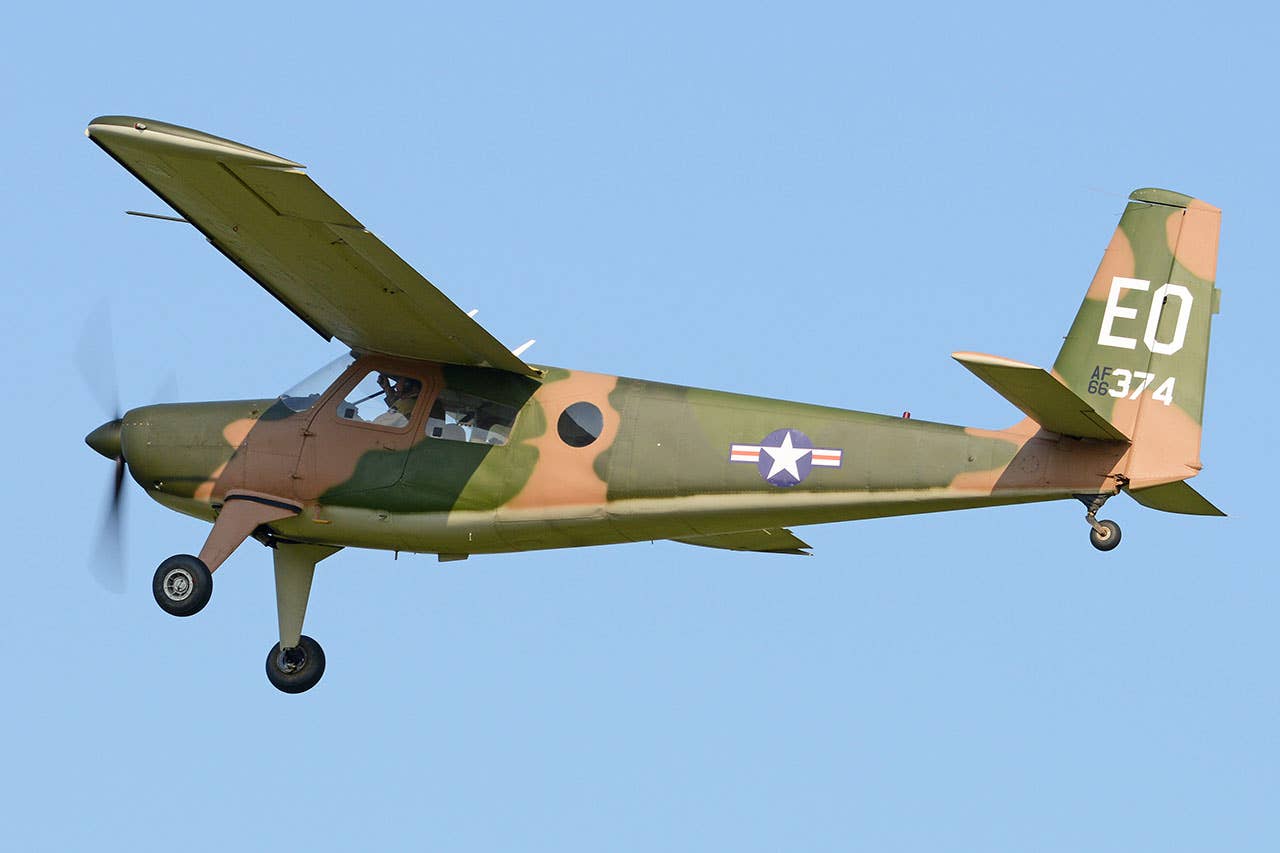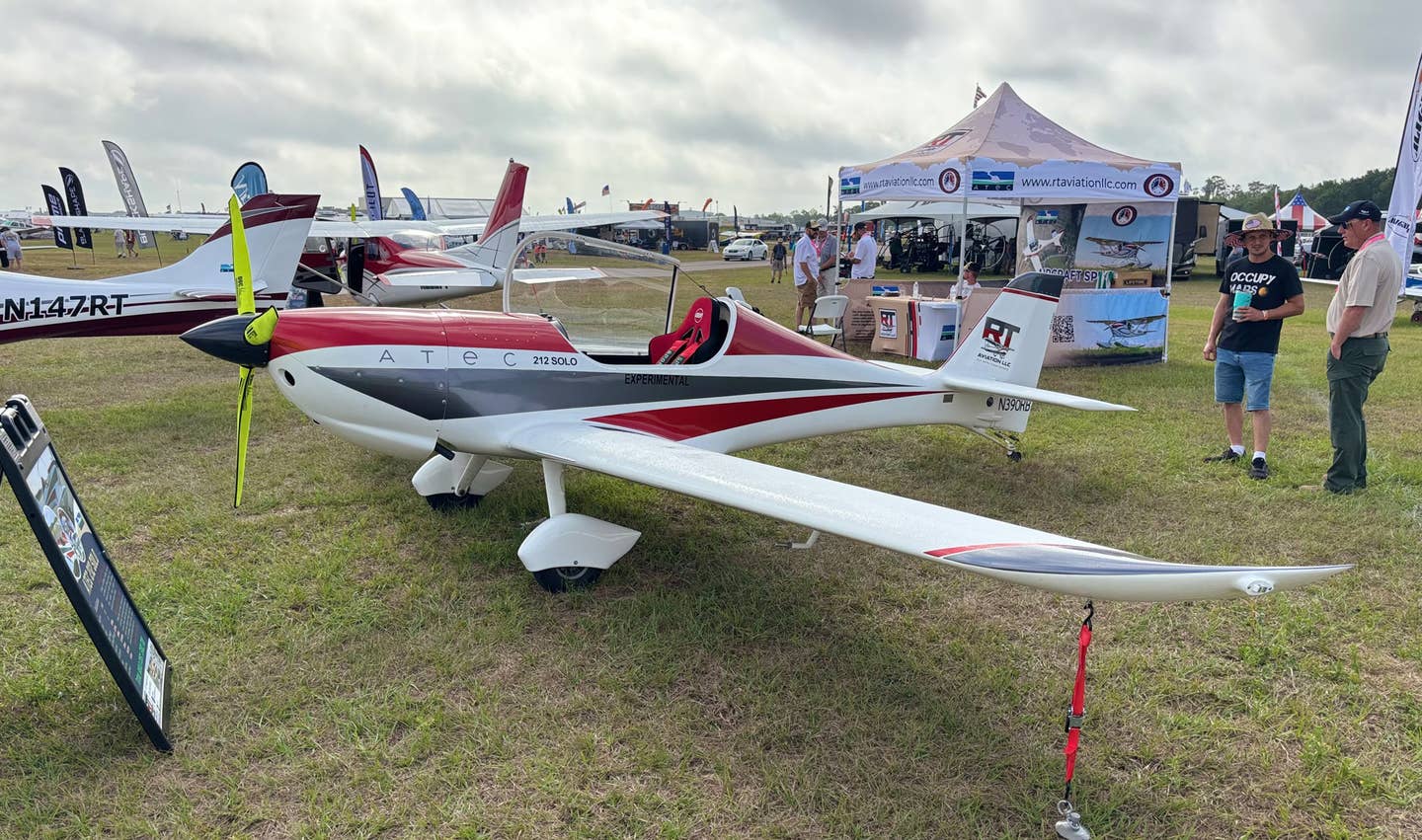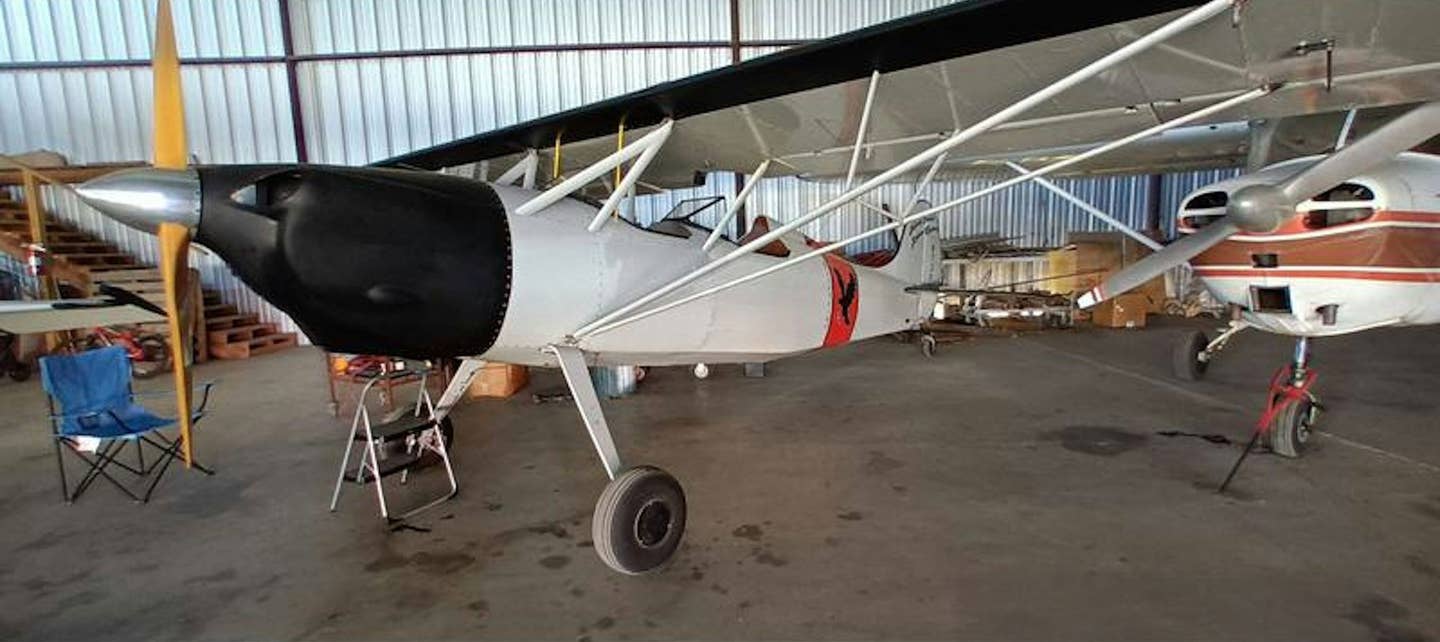Helio Courier: A spectacular short-field performer with an Ivy League pedigree!
A do-anything workhorse, the plane thrived in roles no other plane could fill.

Helio Courier. Photo by Alan Wilson from Stilton, Peterborough, Cambs, UK , CC BY-SA 2.0, Wikimedia
What six-passenger aircraft is similar in size to a Beechcraft Bonanza, can comfortably take off from a football field, climb to over 30,000 feet, maneuver at less than 50 miles per hour, and land on any golf course? That versatile aircraft is none other than the Helio Courier. Produced from 1954 to 1974 and again in the early 1980s, the Helio Courier turned out to be the Swiss Army knife of short field operations and made a name for itself as an incredibly versatile and capable performer.
The story begins in the imagination of a couple of PhDs, MIT Professor Dr. Otto C. Koppen and Harvard Professor Dr. Lynn Bollinger. In the years before World War II, Dr. Koppen had worked for Stout Metal Airplane (later Boeing) and was instrumental in developing the successful Ford Trimotor. Joining the faculty of MIT in the early 1930s to teach stability and control, he remained active developing unique designs for the commercial market.
After the war, both Koppen and Bollinger began to think about requirements for a short takeoff and landing (STOL) aircraft that could safely operate out of unprepared landing strips. In 1949, the duo formed the Helio Corporation of Massachusetts and began to experiment with high-lift wings. The prototype for what would eventually become the Helio Courier was an extensively modified Piper PA 17 Vagabond, named the Koppen-Bollinger Helioplane, or Helio One. Test flights took place at the Greater Boston Metropolitan Airport (now Boston Logan) and soon proved the success of the basic design theory.
The wing of Helio One featured full-span automatic leading-edge slats, 80%-span fowler flaps and a unique aileron/spoiler combination. These consisted of two square ailerons located at the outboard trailing edges of the wing that were mechanically connected to "interceptor devices" (spoilers) near the leading edge. These deploy as each aileron moves in the upward direction. The spoilers provided immediate roll response and made up for the ineffectiveness of the ailerons at slow speeds.
With the wing transferred nearly intact to the production aircraft, the Helio Courier prototype added a large vertical tail and a powerful stabilator to provide the control leverage needed to manage the incredible lift provided by the wing.
Power for the initial models was provided by a geared 295-horsepower GO-480-G1D6 Lycoming six-cylinder engine. This geared engine was selected to allow for the large-diameter propeller required to lift this contraption into the air.
Keen observers will note in the photo that the main landing gear is mounted well forward of the cabin to facilitate hard braking by reducing the risk of a nose over. Less visible is the crosswind landing gear that allows the wheels to caster up to 20 degrees left or right. Combined with the large vertical stabilizer, these design features allow for landings in less than 500 feet in up to a 25-knot crosswind!
Taken together, these design features allow the Helio Courier to take off "across" the width of a 200-foot-wide runway, as it often did at airshows. Operations out of 500-foot jungle and backcountry runways were considered routine. Power-off stall speed is a heady 31 miles per hour, and with the grunt provided by the big Lyc and the big prop, the Courier could maneuver comfortably at 28 miles per hour.
Production began in Pittsburg, Kansas, in 1954 and continued until 1974. During that time, more than 500 Helio Couriers, in a variety of specialized configurations, headed out the factory door. Initial customers included missionary aviation operators like the Jungle Aviation and Radio Service (JAARS) that served isolated populations around the world. The Courier also found an enthusiastic audience among bush pilots in Alaska, Canada and worldwide. Law enforcement departments soon discovered that the 30 mph maneuverability of the Helio Courier made it a less-expensive alternative to helicopters, allowing operators to track the bad guys with infrared scanners at reduced cost.
The birth of the Helio Courier also coincided neatly with the Cold War between the United States and the Soviet Union. Suddenly, the requirement for covert operations created a demand for the Helio Courier's unique capabilities. Nearly half of the total production run was devoted to filling orders from the U.S. Air Force, U.S. Army Special operations command and other government agencies. Dubbed the U-10 Super Courier, these aircraft rescued downed pilots, performed reconnaissance and forward air control, and inserted and extracted soldiers in the field. The most notable customer was Air America, the clandestine airline said to be covertly owned and operated by the CIA.
In fact, Air America commissioned the little-known U-5A Twin Courier. This version took the airframe from the single-engine Helio Courier and modified it to carry two Lycoming 0-540 six-cylinder engines, along with adding a clear nose section and wing tip fuel tanks. The engines were mounted well forward on the wing and close to the fuselage. While little more is known of the type, it was FAA-certified in 1963 and operated by Air America. We can only guess what single-engine operations were like.
Now, about that altitude record! In 1957, a Helio Courier, aptly named the Strato Courier, was modified with a 340-horsepower version of the geared Lycoming for an altitude record attempt. It worked. The plane climbed to 31,200 feet over Mexico City. Not bad for a backcountry superstar. And based on the theory that any aircraft is improved by placing a turbine engine in the nose, several Helio Stallion conversions were created with Pratt & Whitney PT6As. As expected, the torque provided by these helicopter-based engines yields spectacular performance.
Today, the Helio Courier and its many variants soldier on in bush and backcountry flying. Although replaced by its more modern turboprop Kodiak or Caravan competition, it remains an outstanding performer. Anyone who has witnessed a Helio Courier take off in seemingly its own length and then stand vertically on its tail as it climbs out at an airshow will agree that this is one incredible plane!
Learn about another Incredible Plane, the Lockheed YO-3 Quiet Star.

Subscribe to Our Newsletter
Get the latest Plane & Pilot Magazine stories delivered directly to your inbox






